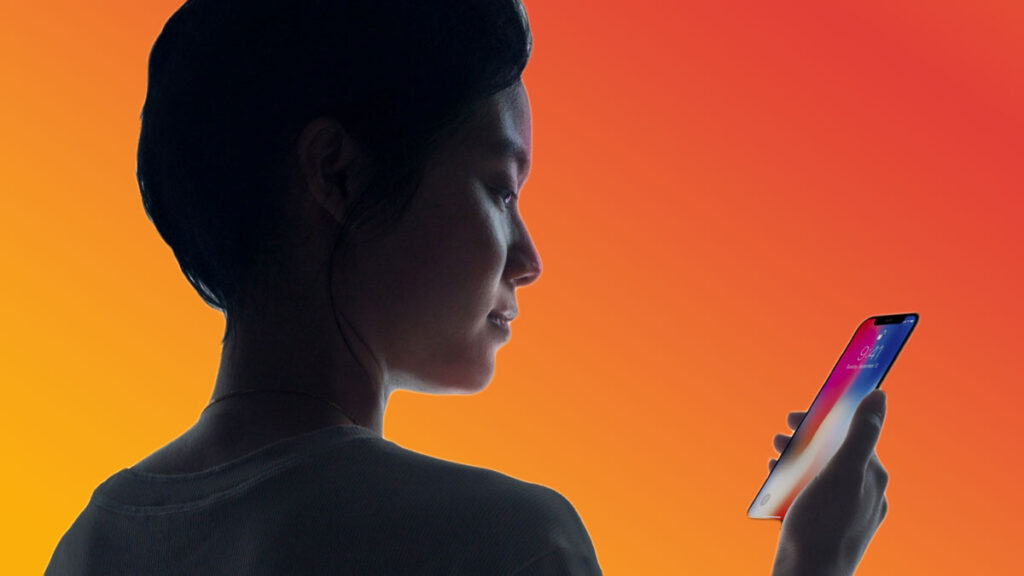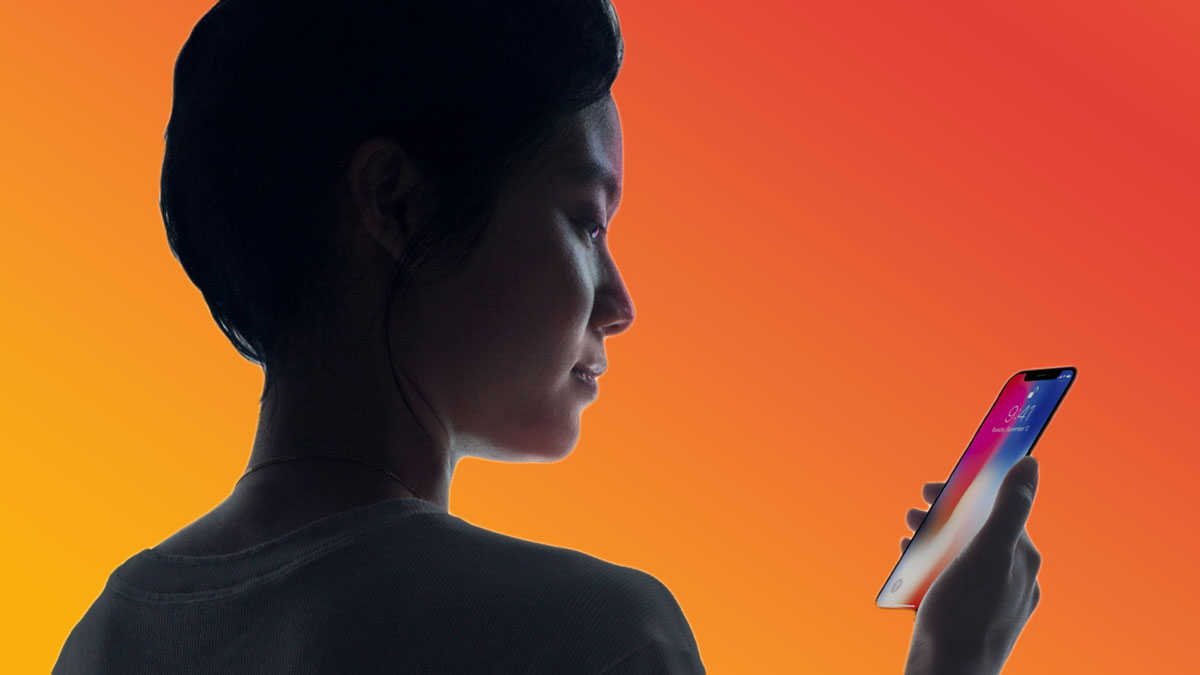
Are Hardware Subscriptions a Bad idea? Perhaps, but it might be perfect for power users
There has been, over the last few years, a gradual push within Apple (and, god knows the world at large) for more subscriptions and more bundling of products across the entire ecosystem.
This is also, in my view, part of a larger planned convergence of all products and services into a giant Apple universe of products that ‘just work. The rumors are based on the new report by Bloomberg’s Mark Gurman where he claims to have knowledge of the matter and says he expects this concept to launch in late 2022 or early 2023.
There is already an iPhone upgrade program which allows you to pay as you go and get a new iPhone yearly, however this is no a true subscription model. A closer analog would be the Apple One bundle, an all-in-one subscription program for up to six apple services.
They include Apple Music, Apple TV +, Apple Arcade, iCloud+, Apple News +and Apple Fitness +. The monthly charge for Apple One ‘Premier’ which as it sound is the full package is only a little more than half of what the cost would be for the individual items.
And since an iCloud storage upgrade to 2 TB is included, the actual cost benefit is even higher for users that wold be upgrading to that level of iCloud storage anyway.
The fact is that many so called ‘power users’ upgrade often at full price and get a new Apple device yearly, or even buy multiple new devices at least every other year.
Good for Apple, of course, how about the rest of us?
While many industries and companies are working hard to make a transition to monthly subscription services that include hardware, for everything from web sites trying to re-imagine the auto-leasing program parameters in a way that is permanent with the ability to upgrade periodically, to a hardware subscription service like the software plus hardware bundle from Peloton Interactive inc.
Although this relentless drive to create a new subscription service for hardware products in addition to the already nearly ubiquitous presence of subscriptions in digital services, which is, generally, a set fee per month is standard for a plethora of software and web based products.
With Apple products becoming more integrated into the ecosystem of software, hardware and services that interact and even synergistically support each other, it only makes sense that this has the potential, again, to make the most sense for the most avid users of Apple hardware.
From the perspective of tech giants like Apple Inc., having a large percentage of recurring sales guaranteed through monthly payments, would enable the financing of the inevitable new yearly iterations of new versions of its major devices, and could be seen as a new way, perhaps a better way, to capitalize for the research and development those many new hardware deices require.
Having long since committed to a schedule that guarantees new models for nearly all it’s hardware every year, which often include a reduction in the price of the device, free upgrades (mostly for software), a hardware subscription program such as the one we could imagine (based on the Apple One example above but for hardware) would be a hot topic, if not Apple’s biggest push internally.
A hardware subscription bundle, by any other name…
Naturally there are many ways this could play out. How the cost of an iPhone (based on a one to two year upgrade cycle) would jive with the cost of the phone divided by twelve or even twenty four is one possible configuration.
There’s also the question of current installment plans and how they would be handled for presumed upgraders, if various perks such as fresh hardware, free Apple Care, the freedom to move to the iPhone of their choice, all, however, with lack of true device ownership. Or perhaps even the merger of Apple One services such as the Apple Music Subscription into a huge ‘bundle of bundles’.
Bottom line? Make it juicy and they will come…
Of course, those like myself (and maybe you?) who might be potential users of the program are waiting to hear… drumroll please…. a specific price, a date, either this year or next year, and the hardware lineup included.
Would this be just iPhone or also iPad or Apple Watch, even Mac? Or a truly massive new program that would be the biggest of all monthly installment programs in the world today, and would include everything from fitness content, to a menu of hardware and software, to a magical calculation of your Apple Worth Rank that would allow you to get more devices, software and services the higher that the cost of devices would be.
And all of the above, or whatever actually comes to pass, divided by a second magic number between 12-18 and then calculated to be a little more than half (oh Apple is so clever at this) of the full original prices and then charged to Apple Card users at a slight discount and the rest of us on a normal monthly basis.
If your head is spinning but you are still reading this, you might actually be one of the few that would embrace the upcoming service and would be happier with a determined monthly fee for the plethora of Apple products that you know you will consume anyway for the rest of your life.
By the same token, if you are insanely upset at even the notion, let us know in comments below.
- Apple Reveals new MacBook Pro Models, Mac Mini: all with M2 and M2 Pro Chips
- Fitness with Apple Watch: A Day in the Life of Highly Motivated Ring Closers
- The Vision of Steve Jobs for the Future of Apple has Barely Begun to Emerge
- Best thing about the new Mac Studio Display? It’s Optional with the Mac Studio Desktop…
- iPhone Subscription Service Could Launch This Year according to Gurman
Find books on Music, Movies & Entertainment and many other topics at Bookshop.org
Lynxotic may receive a small commission based on any purchases made by following links from this page
